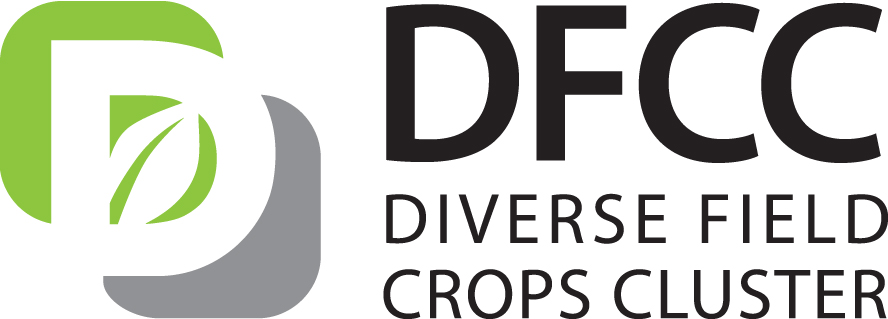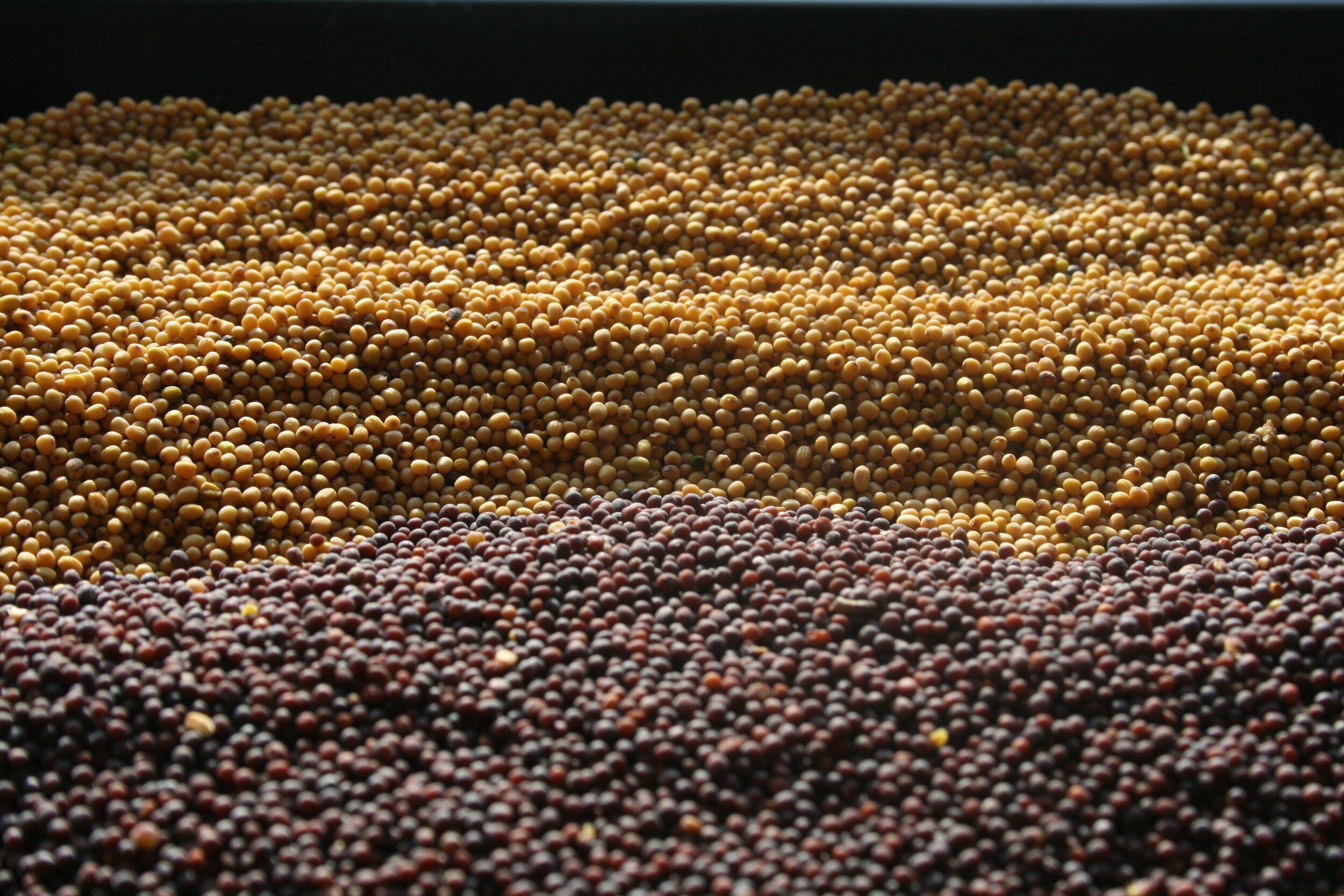Better yields with condiment mustard hybrids
Canada is the world’s largest exporter of yellow, brown and oriental condiment mustards. Roughly 80 per cent of Canada’s mustard production is in the province of Saskatchewan, making it the perfect hub for variety research.
Agriculture and Agri-Food Canada-Saskatoon Research and Development Centre (AAFC-SRDC) has been engaged in condiment mustard breeding since the 1970s. The major breeding objectives are: 1) increased seed yield; 2) improved quality traits and seed size; and 3) disease resistance.
Bifang Cheng is leading the condiment mustard breeding program at AAFC-SRDC, while Howard Love provides scientific advice to Mustard 21 Canada Inc., the organization responsible for the commercialization of the new varieties. The project is one of the Diverse Field Crops Cluster (DFCC) mustard research activities.
“In the mustard industry we need to maintain the profitability and the margins in the production areas,” Love says. “It’s critically important that we improve the yield for producers so they can increase their return per acre.”
Love explains that other crops compete for those acres. While there may be benefits for having a mustard crop in rotation, if producers don’t have good returns on a year-to-year basis then they will plant other crops.
The breeding program at AAFC-SRDC focuses on all three types of condiment mustards: yellow mustard (Sinapis alba); and brown and oriental mustards (Brassica juncea). Yellow mustard is used to make the popular yellow condiment, while brown mustard seed is used for Dijon mustard. Oriental varieties are used in hot mustard and wasabi products.
“Brassica juncea and Sinapis alba have different reproductive systems. Brown and oriental mustards are self-pollinating whereas yellow mustard reproduces via outcrossing. So, we use different breeding strategies for variety development,” Cheng says.
Cheng’s team has successfully developed an improved hybrid system to enhance yield in brown and oriental mustards. The hybrid system includes the use of three lines: a male sterile line, a maintainer (fertile) line and a male restorer line. The first brown mustard hybrid variety developed using this system, AAC Brown 18, yielded 20 per cent higher than the check variety Centennial Brown, and has other agronomic benefits, like being excellent at weed competition.
In contrast, the breeding method for yellow mustard involves DNA fingerprinting of elite inbred lines, and creation of unique variety composites using the genetically diverse elite inbred lines with similar quality profiles and agronomic traits. The first yellow mustard composite variety (AAC Yellow 80) was registered with Canadian Food Inspection Agency (CFIA) in Canada in 2020. It has about a nine per cent higher yield than the check variety, Andante and will be available to growers in limited quantities in the 2021 field season.
“We’ve had some very good feedback from producers on this,” Love says. Work continues on yellow mustard – the predominate mustard crop on the prairies. Mustard 21 has conducted side-by-side field demonstration trials of the AAC Yellow 80 with the leading market variety, Andante, to ensure a good introduction of the new variety into the market.
“Breeding is both interesting and challenging,” says Cheng. “For example, we had been struggling to make the hybrid system functional; but it’s mostly exciting when you design a novel strategy to achieve your goals – and then you got it! It really brings satisfaction when all the hard work pays off.”
Written by Erin Matthews
_____________________
This DFCC research activity is led by Mustard 21 Canada Inc with funding from Agriculture and Agri-Food Canada’s Canadian Agricultural Partnership program, Mustard 21 Canada Inc, Saskatchewan Mustard Development Commission, Canadian Mustard Association and Western Grains Research Foundation.
The Diverse Field Crops Cluster (DFCC) is a unique alliance of industry partners: Canadian Hemp Trade Alliance, Canary Seed Development Commission of Saskatchewan, Saskatchewan Flax Development Commission, Smart Earth Camelina Corporation, Manitoba Crop Alliance, Mustard 21 Canada Inc, and Northern Quinoa Production Corporation. DFCC aligns industry and research stakeholders to seize market opportunities and accelerate the acreage and market returns of special crops. Ag-West Bio leads this five-year research cluster which is funded by Agriculture and Agri-Food Canada’s Canadian Agricultural Partnership program and industry partners.

